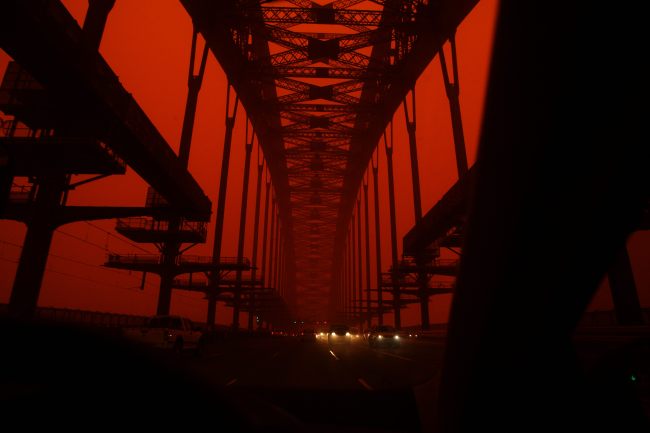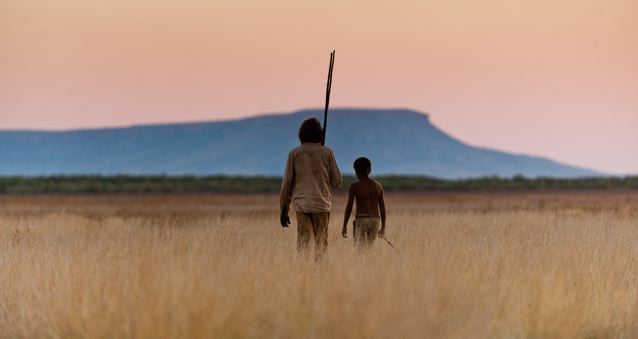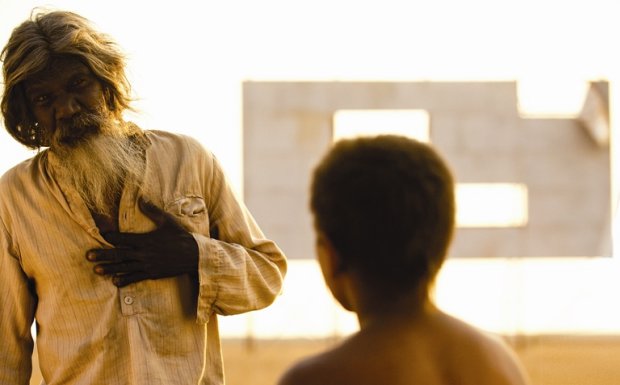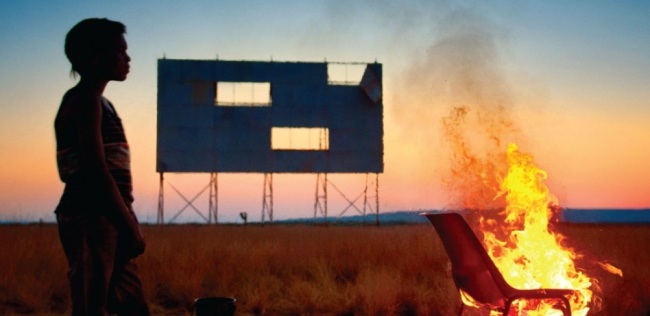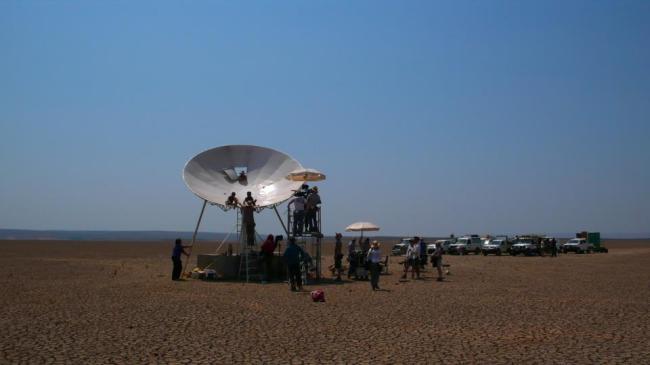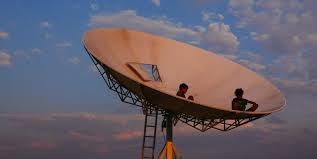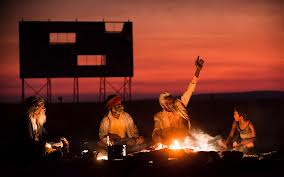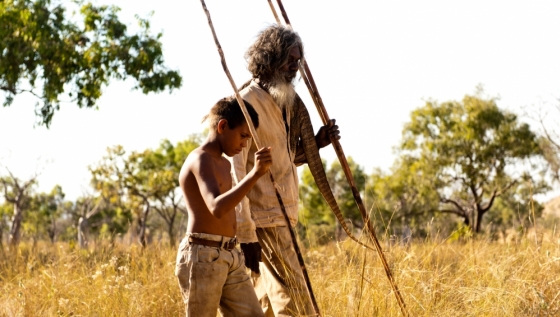 June
22
June
22
Tags
Satelite Boy – Catriona McKenzie brings the land to our laps. (Film Review)
A strange thing happened in Sydney a few years back. A surprisingly gentle wind lifted the orange dust that coats the outback and carried it in an enormous cloud and dumped it on the city. We woke to a strange apocalyptic world where the sky was orange, the sun a muted red ball and all objects coated in the thick all-consuming dust of the Australian landscape. It was as if the land buried us with a gentle reminder that here in Australia, the land is not arable, and there is nothing you can do to tame it.
Satellite Boy is a gently sweet film that matches the complexities of coming of age against the dominating natural Australian landscape. I don’t mean to sidetrack this review of the film with the anecdote above, except to say that Satellite Boy beautifully reminds us of the ascendancy and authority of the Australian landscape. I remember reading an interview with Nick Cave when he wrote The Proposition where he commented that he wanted to make the Australian Landscape a character in the film because it is like that when you come from Australia. Catriona McKenzie has achieved this, creating a strange land that engulfs and claims everything that rests on it.
“Watch the land, ’cause the land will get you” is the warning from Jagamarra (David Gulpilil) to his grandson Pete (Cameron Wallaby) as Pete sets out on his own epic journey to save his home. His home is the broken down projector station of an outdoor cinema, strangely located in the middle of no where like so many Australian planted oddities. Exactly as Jagmarra has warned, the land has claimed the projection room (cinema itself) and it looks oddly in place as a home for the opposite ends of this tiny family. In the early stages of the film Pete and his mate Kalmain (Joseph Pedley) will wander through the bush that surrounds their town frequently coming across bush litter, that may seem ugly to the eye, but has been claimed by the outback. The Australian bush isn’t like anywhere else on earth. Where another kind of landscape would engulf a dumped piece of machinery to claim it as its own, the outback bakes and waits. All the things man makes or brings overheat, corrode, turn that omnipresent dusty orange, and fade into another part of the landscape. When the boys happen upon an old abandoned Combie Van, it looks as much a part of the landscape as the trees and rocks next to it, no more out-of-place than the boys themselves. This is how Pete’s home appears. When he draws a map in the dust and says his mother is going to build a restaurant out there, in the middle of no where, it makes sense, because on that land, in that place, anything goes.
It’s only when Miners (the ubiquitous villains in Australian outback cultural lore) come to section off the land the pair live on and separate them from their home, that something foreign and introduced looks out-of-place. The Australian indigenous cultures have been warning all the new comers about the sovereignty of the land in this part of the world, but like all colonizers we are slow to learn. Satellite Boy draws on these themes, not only in its narrative but also in the way that it was filmed, with “white” film makers stretching beyond themselves to reach toward understanding the land and the people so close to it. Satellite Boy is the first feature to be given permission in the world heritage listed area of ‘Kimberly’ of north Western Australia. McKenzie needed the land there, because of its being so close to Aboriginal law and culture and therefore closer to an accurate representation of the connection between land and the ancient indigenous heritage. It also reveals the splendor of the spiritual country around Wyndham and the Bungle Bungles. In order to gain permission to film, a long process of consultation with the traditional owners of the Bungle Bungles was necessary. Permission was finally granted once the traditional owners realized the importance of traditional Aboriginal culture to the film.
Following this permission was a shoot impacted heavily by the people living in the area, from having to live and operate out of tents through to walking the two kilometers to the site because cars are not allowed in the region. The reward for this respect was a deep collaboration from the local cultures offering up good will and knowledge regarding the making of Satellite Boy. It’s here that the importance of the film, both its making and the final object come to the fore. Satellite Boy is not just the endearing tale of a charming boy finding his way back to his own roots, it is also a rare tale of successful collaboration between two cultures fraught with paradox.
It is in the nature of the collaboration that Satellite Boy really shines, and this is immediately obvious in Geoffrey Simpsons sumptuous photography, David Jowsey’s attention to detail production, moving all the way through to David Bridie’s music. Cameron Wallaby in his first role, and Joseph Pedley in his almost first are endearing, heart warming boys whose simple story carries the unspoken pain of generations of fear and loss, and yet whose demeanor naturally conveys the proud beauty of a ferociously potent culture. Just as the land it rests upon isn’t meant to be broken up into its parts, so Satellite Boy isn’t the sort of film you tear apart and separate from its making. You have to search for the strength in it – and listen for its call.
Oh – I also want to add – David Gulpilil is wondrous as Jagamarra. This film is worth seeing for his eyes alone (even if I just said you can’t break it down into the sum of its parts.)
